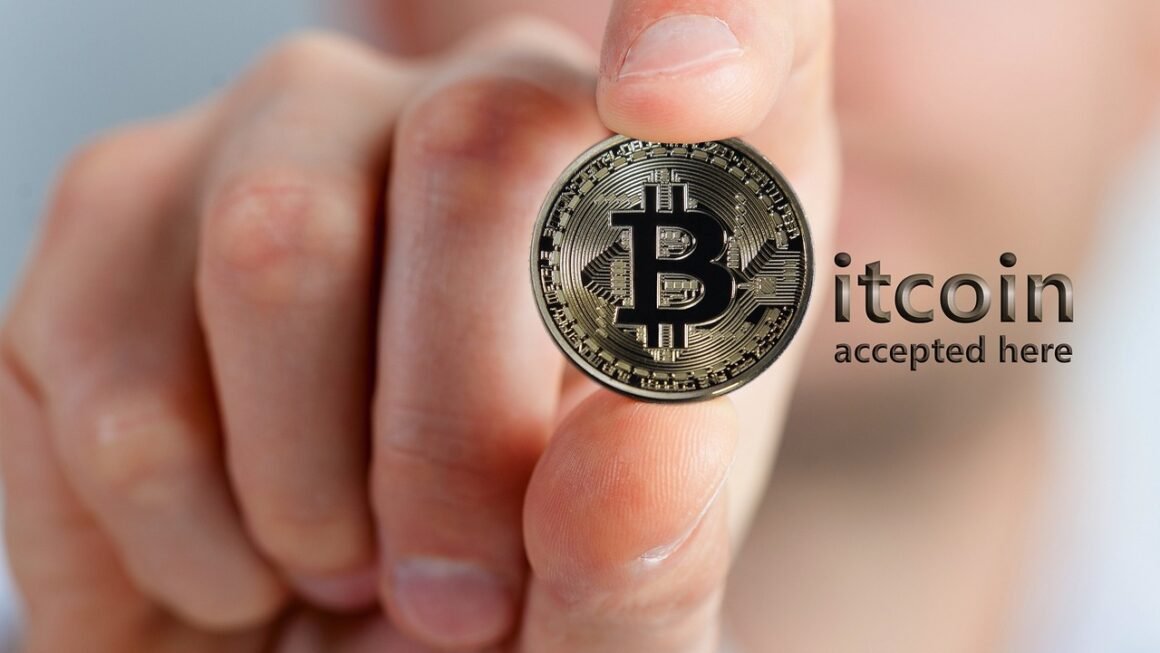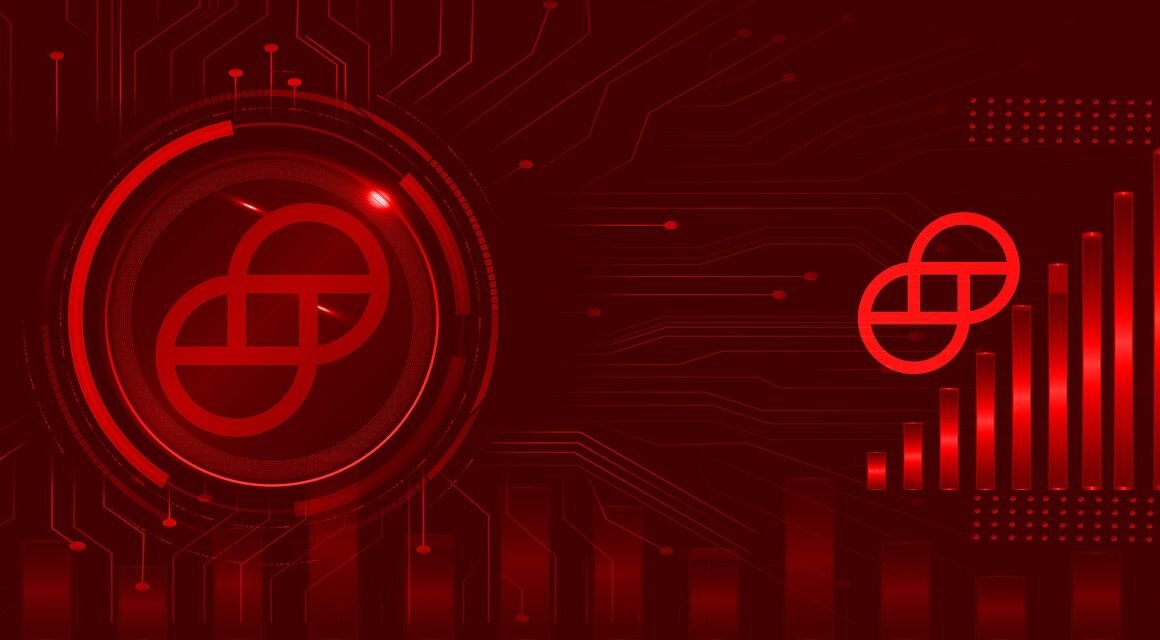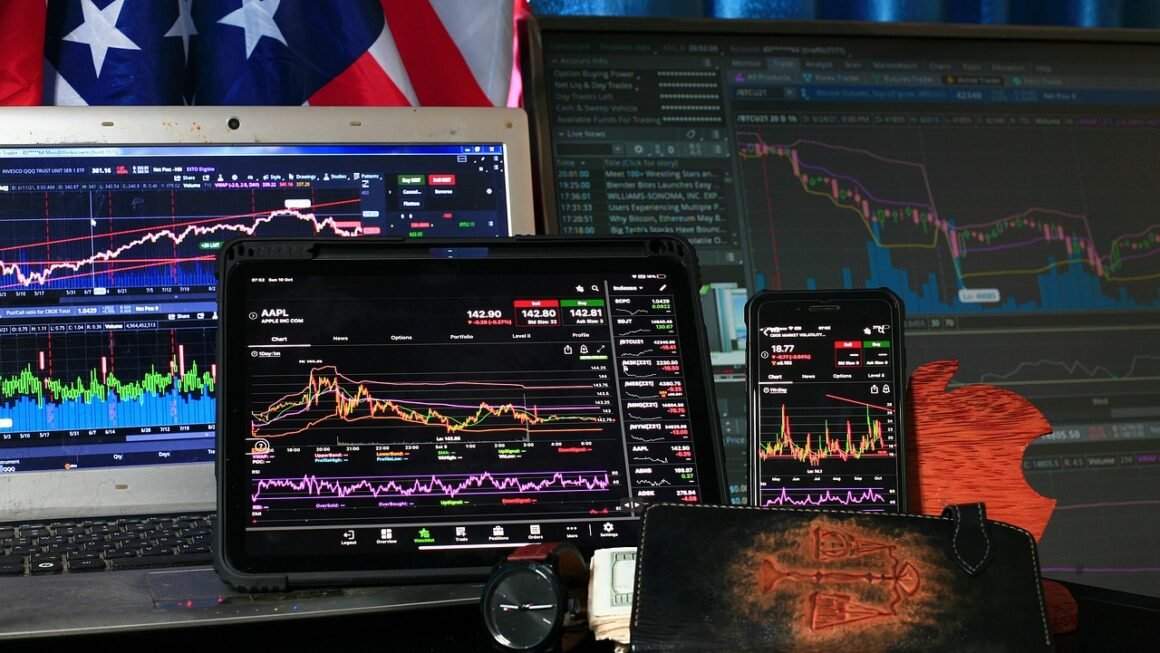Understanding gas fees in the world of cryptocurrency and blockchain can often feel like deciphering a secret language. These fees, inherent to the operation of decentralized networks, are crucial for processing transactions and ensuring network security. However, they can also be a source of frustration for users. This blog post aims to demystify gas fees, explaining what they are, how they work, and how to navigate them effectively.
What are Gas Fees?
The Fundamentals of Gas Fees
Gas fees are essentially the costs associated with performing a transaction or executing a smart contract on a blockchain, most notably Ethereum. Think of them as the “fuel” that powers the network. They compensate the network validators (miners or stakers, depending on the consensus mechanism) for the computational effort required to process and validate transactions, securing the blockchain and preventing spam. Without gas fees, malicious actors could flood the network with useless transactions, rendering it unusable.
- Gas fees are paid in the blockchain’s native cryptocurrency (e.g., ETH on Ethereum).
- They fluctuate based on network congestion and the complexity of the transaction.
- Gas fees are not collected by any single entity, but distributed amongst network validators.
Gas vs. Gas Price vs. Gas Limit
Understanding the terminology is crucial:
- Gas: A unit of measurement representing the computational effort required to execute a specific operation. Simple transactions require less gas than complex smart contract interactions.
- Gas Price: The price you are willing to pay per unit of gas, denominated in gwei (a fraction of ETH, equal to 0.000000001 ETH).
- Gas Limit: The maximum amount of gas you are willing to spend on a transaction. The transaction will fail if the actual gas used exceeds the limit.
- Example: Imagine you’re sending ETH to a friend. The transaction requires 21,000 units of gas. You set a gas price of 50 gwei. The total gas fee would be 21,000 50 gwei = 1,050,000 gwei or 0.00105 ETH. If you set a gas limit of 20,000, the transaction would fail because the actual gas required (21,000) exceeds the limit.
Why Do Gas Fees Exist?
Security and Spam Prevention
Gas fees play a vital role in maintaining the integrity and security of the blockchain. By making transactions costly, they deter malicious actors from flooding the network with spam or denial-of-service (DoS) attacks.
- Without gas fees, attackers could overload the network with a large volume of small transactions, effectively shutting it down.
- Gas fees incentivize validators to prioritize legitimate transactions and maintain network performance.
Resource Allocation and Prioritization
Gas fees also act as a mechanism for allocating limited network resources. During periods of high demand, users are willing to pay higher gas prices to have their transactions processed faster. This creates a market-driven system for prioritizing transactions.
- Transactions with higher gas prices are more likely to be included in the next block.
- This ensures that the most important transactions are processed promptly, even during peak network activity.
Economic Incentives for Validators
Gas fees provide a crucial economic incentive for validators to participate in the network. By validating transactions and securing the blockchain, validators earn gas fees, which encourages them to maintain the network’s infrastructure and ensure its ongoing operation.
- Validators are rewarded for their computational efforts, creating a sustainable model for blockchain maintenance.
- This ensures that the network remains secure and reliable, even as it grows and scales.
Factors Influencing Gas Fees
Network Congestion
The primary driver of gas fees is network congestion. When many people are trying to use the blockchain simultaneously, demand for block space increases, leading to higher gas prices.
- Periods of high activity, such as NFT drops or DeFi booms, often result in significantly higher gas fees.
- Monitoring network congestion levels before initiating transactions can help you avoid peak prices.
Transaction Complexity
The complexity of a transaction also affects gas fees. Simple transactions, like sending cryptocurrency from one wallet to another, require less gas than complex smart contract interactions, such as staking tokens or interacting with a decentralized exchange (DEX).
- Smart contract interactions often involve multiple operations and require more computational power, resulting in higher gas fees.
- Understanding the gas requirements of different types of transactions can help you estimate costs more accurately.
Block Size and Gas Limit per Block
The block size (the amount of data that can be included in a block) and the gas limit per block also influence gas fees. If blocks are full or the gas limit per block is reached, validators will prioritize transactions with higher gas prices.
- Increases in block size or gas limit per block can potentially reduce gas fees by allowing more transactions to be processed in each block.
- However, these changes can also have implications for network security and decentralization.
Strategies for Managing Gas Fees
Timing Your Transactions
One of the simplest ways to manage gas fees is to time your transactions strategically. Avoid peak hours when network congestion is high. Tools like Etherscan provide historical gas price data to help you identify periods of lower activity.
- Consider initiating transactions during off-peak hours, such as early mornings or late nights.
- Use gas trackers to monitor real-time gas prices and identify optimal times for transacting.
Setting Appropriate Gas Prices
Most wallets allow you to set your own gas price. Setting a price that is too low may result in your transaction being delayed or even rejected. However, setting a price that is too high means you are overpaying. Consult gas trackers to determine a reasonable gas price based on current network conditions.
- Use real-time gas estimators provided by websites like Etherscan or Blocknative to determine the optimal gas price.
- Some wallets offer “fast,” “standard,” and “slow” gas price options, which can help you choose a balance between speed and cost.
Using Layer-2 Solutions
Layer-2 scaling solutions, such as optimistic rollups and zero-knowledge rollups, are designed to reduce gas fees by processing transactions off-chain and then bundling them into a single on-chain transaction. These solutions can significantly lower the cost of interacting with decentralized applications (dApps).
- Explore Layer-2 options offered by popular dApps and platforms to reduce gas fees.
- Examples include Arbitrum, Optimism, and zkSync.
Batching Transactions
If you need to perform multiple transactions, consider batching them together into a single transaction. This can be done using smart contracts that are designed to handle multiple operations simultaneously.
- Batching transactions can reduce the overall gas cost compared to performing each transaction individually.
- This strategy is particularly useful for businesses or platforms that need to process a large volume of transactions.
Conclusion
Navigating gas fees is a crucial skill for anyone interacting with blockchain networks like Ethereum. By understanding what gas fees are, why they exist, and the factors that influence them, you can develop strategies for managing costs effectively. Timing your transactions, setting appropriate gas prices, using Layer-2 solutions, and batching transactions are all valuable techniques for minimizing the impact of gas fees on your blockchain activities. As blockchain technology continues to evolve, further innovations are expected to address the challenges of high gas fees and make decentralized applications more accessible to everyone.



